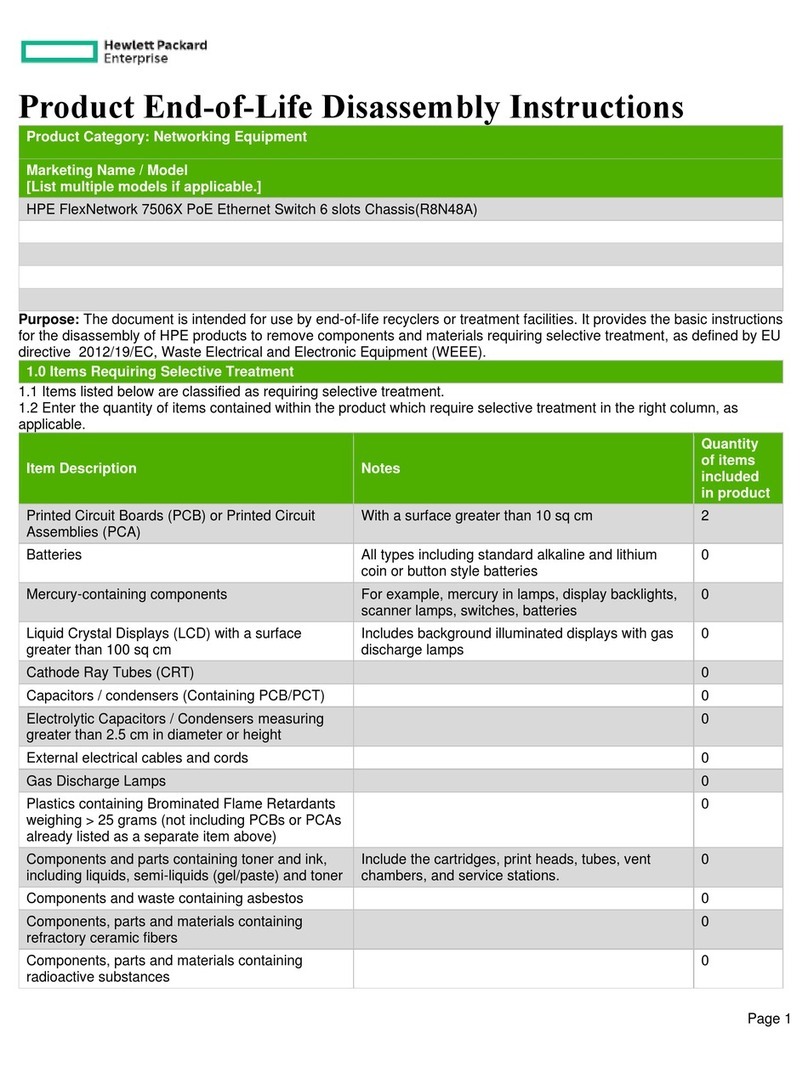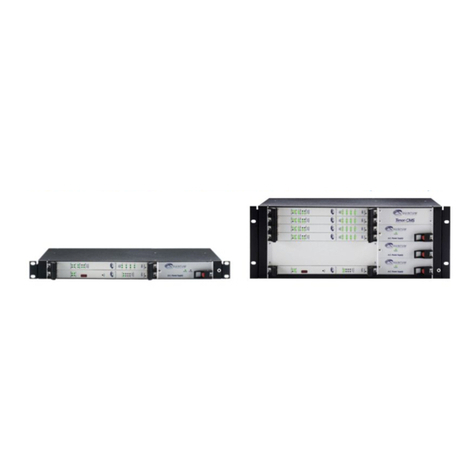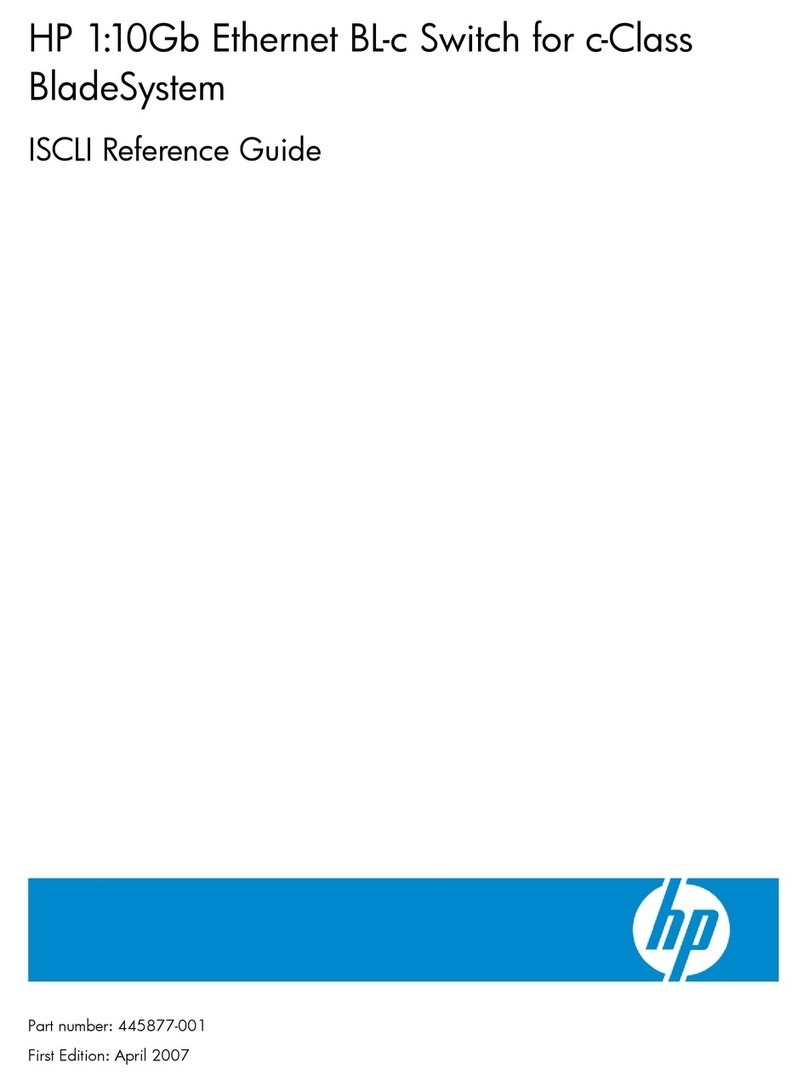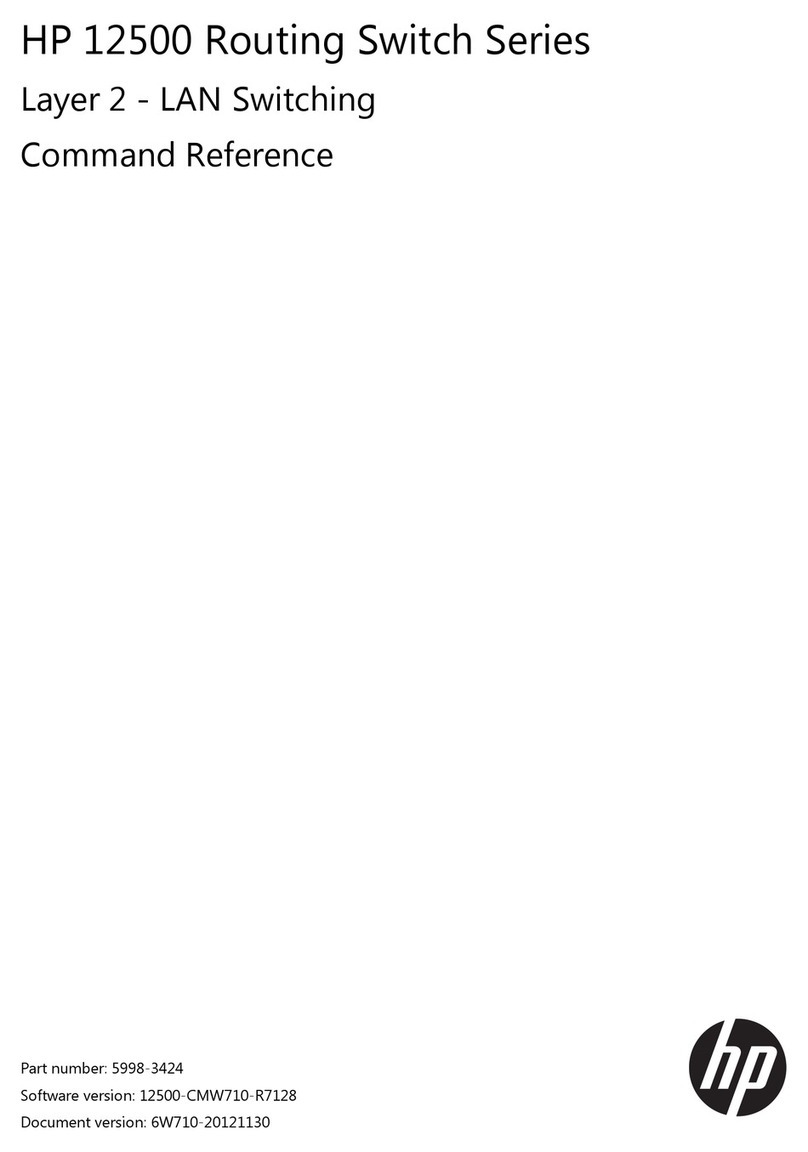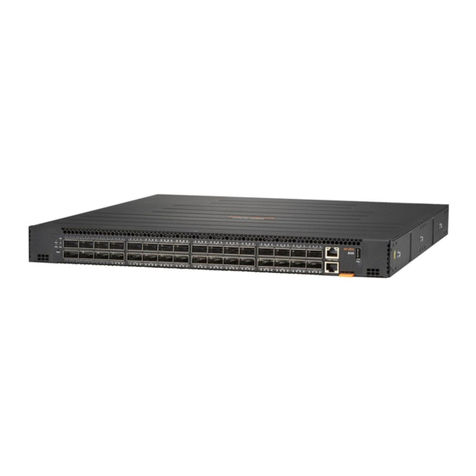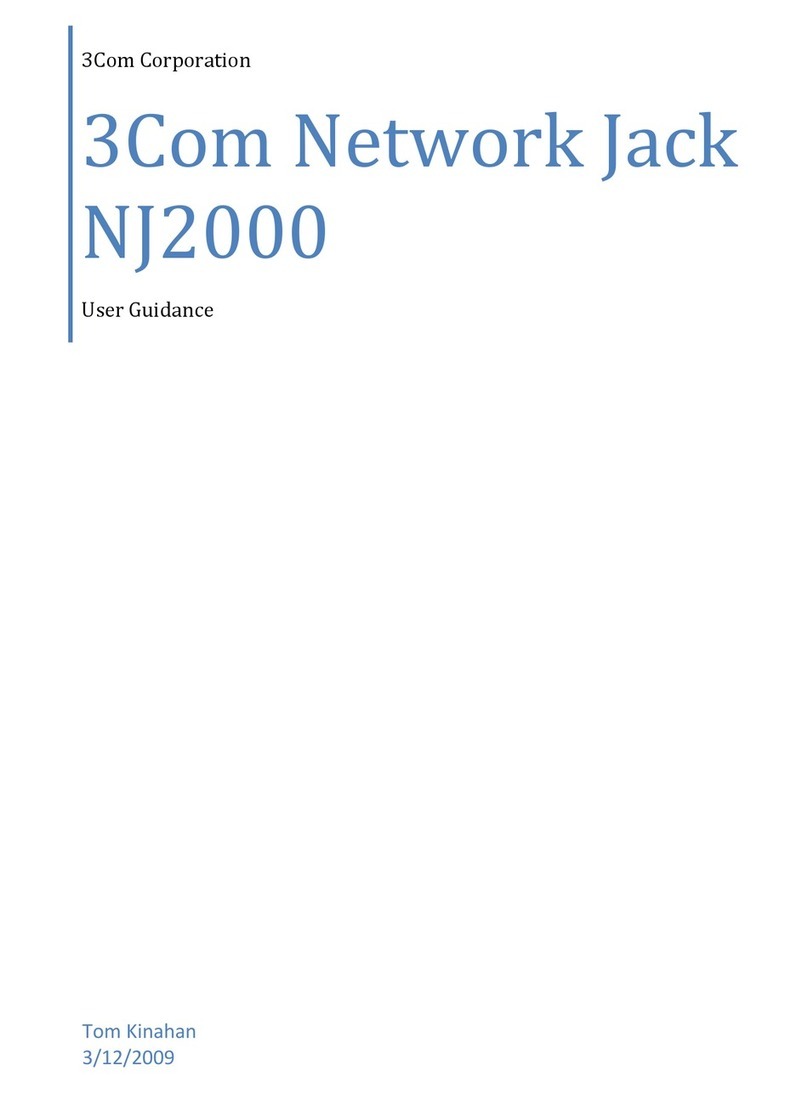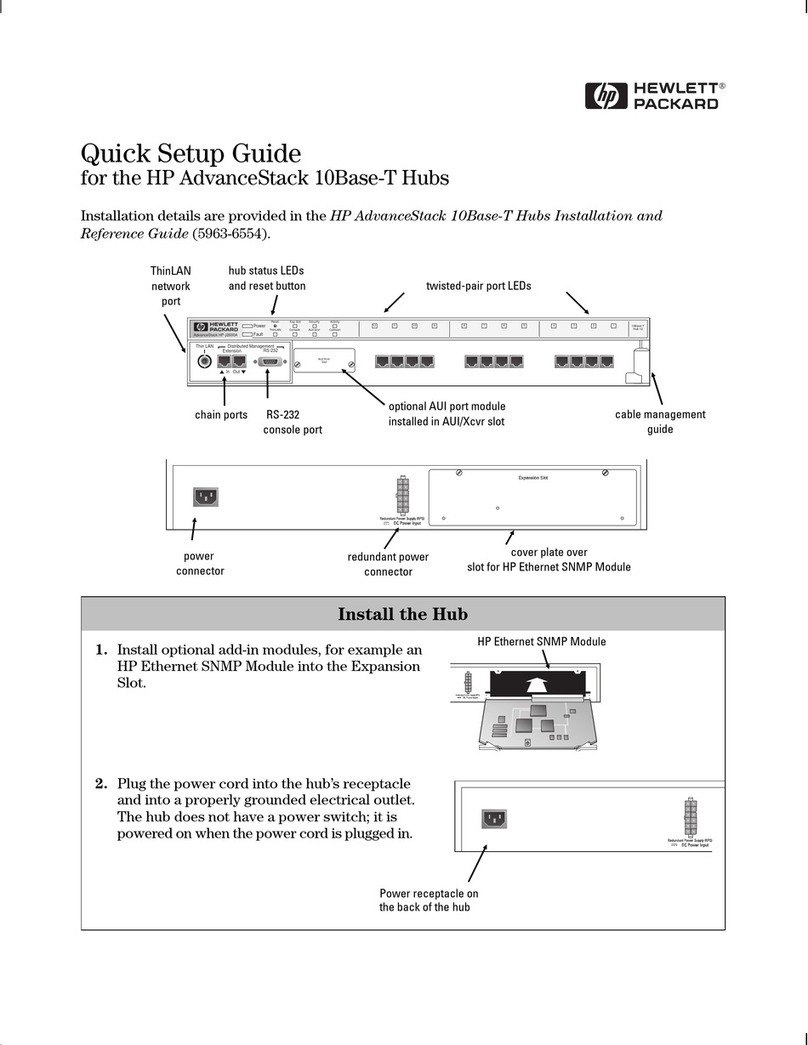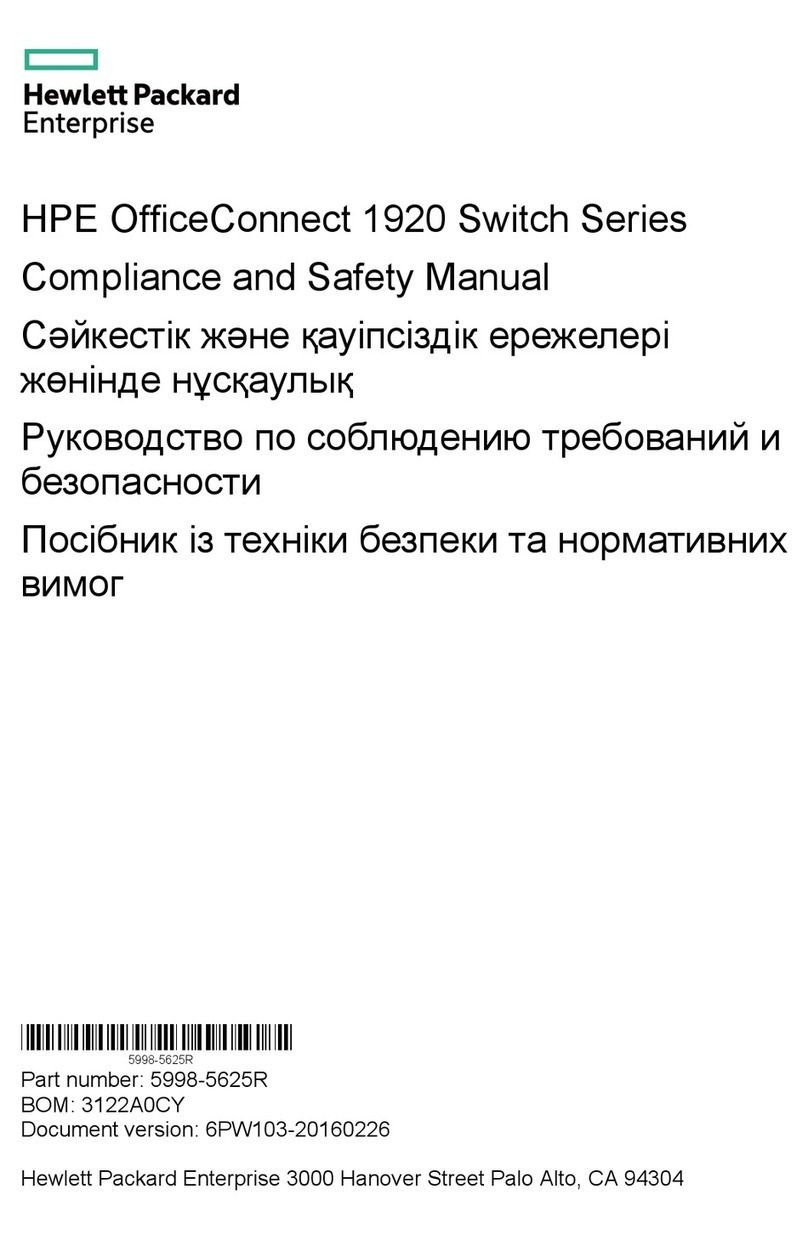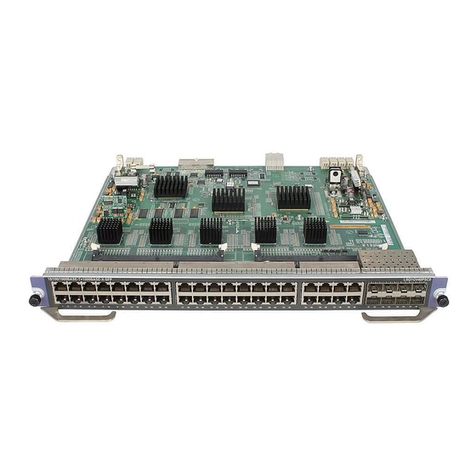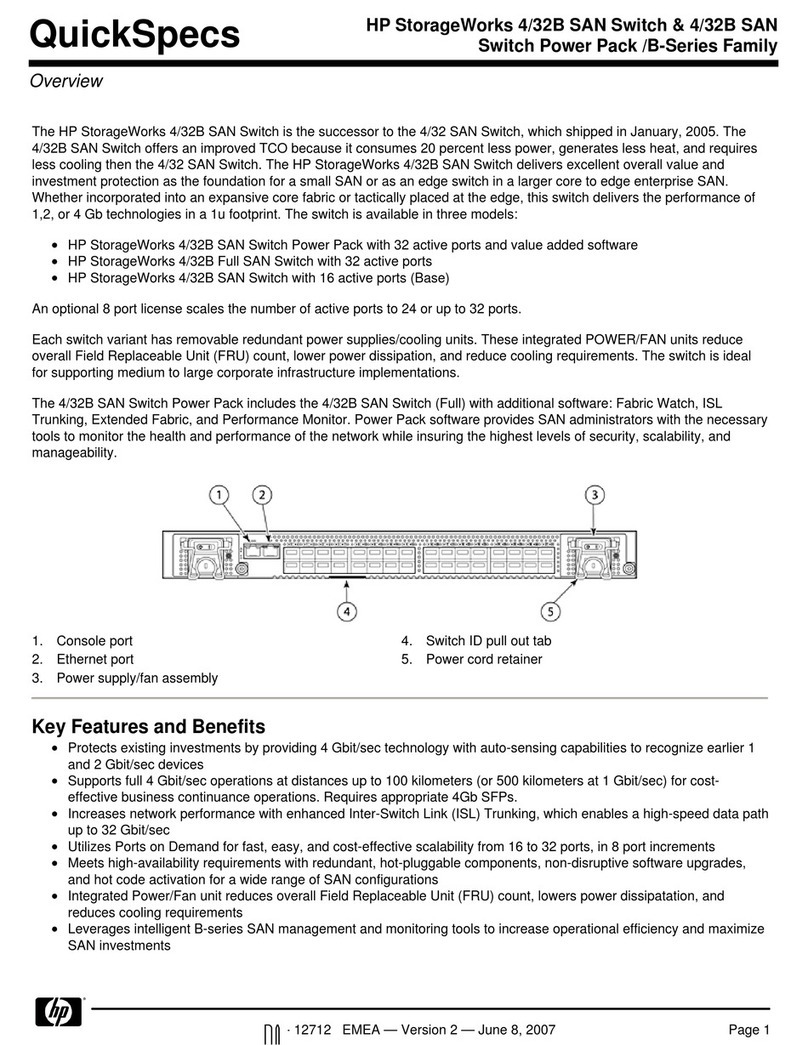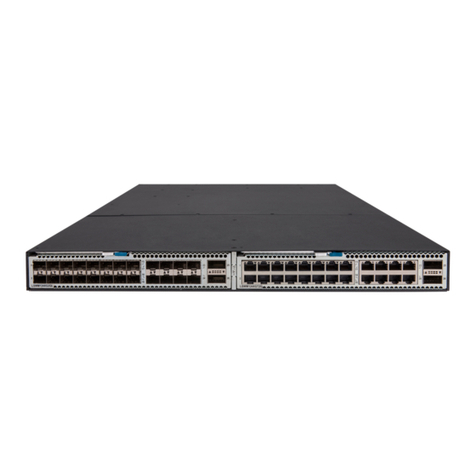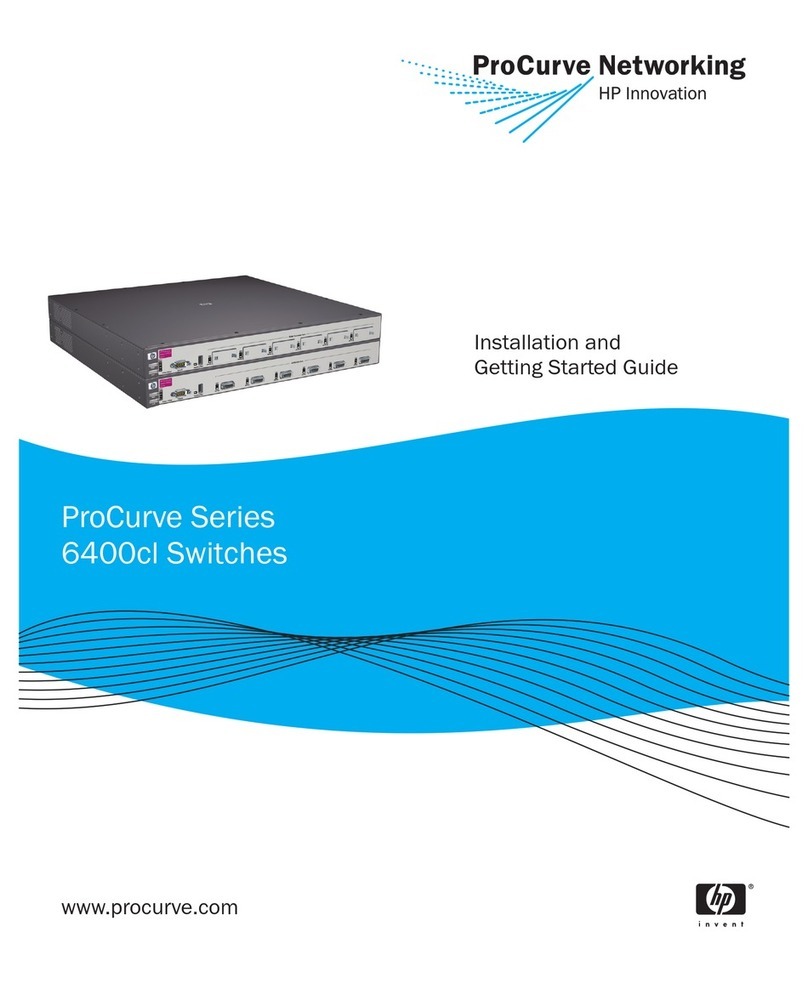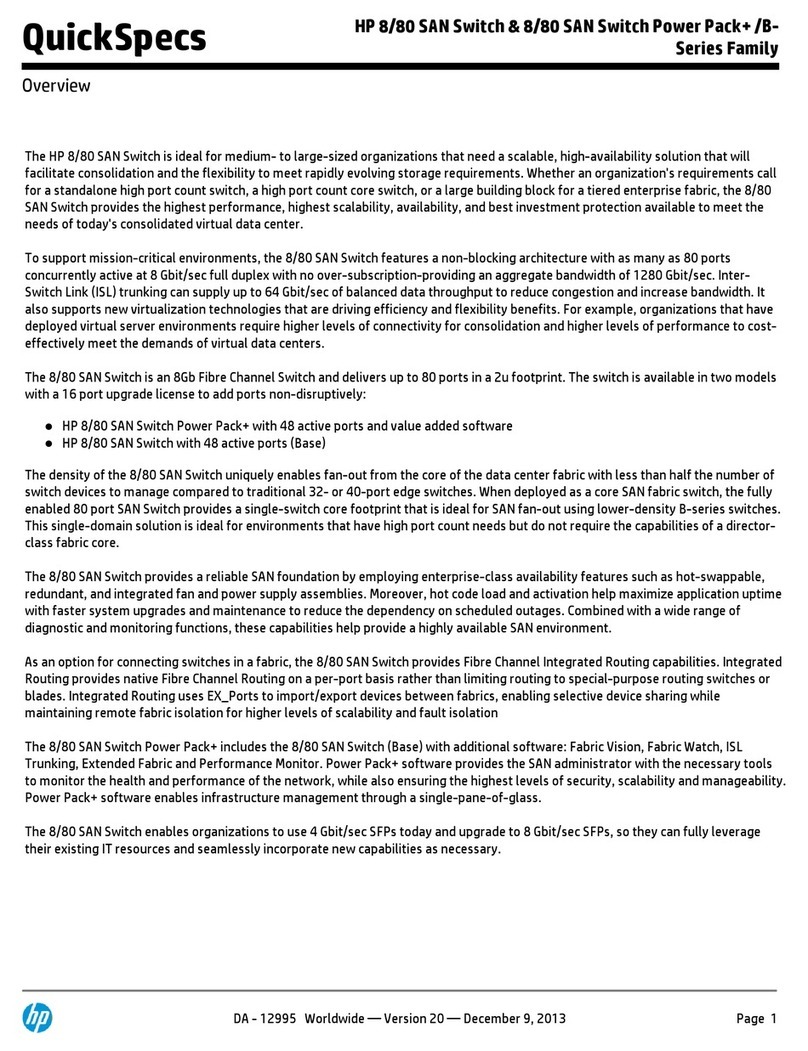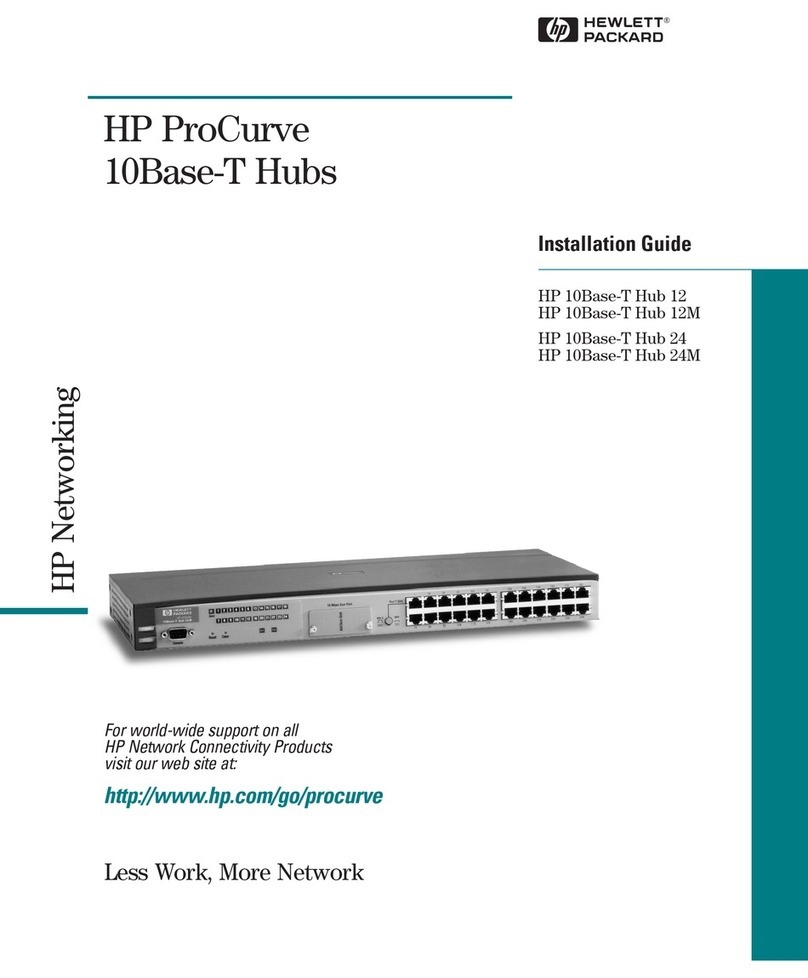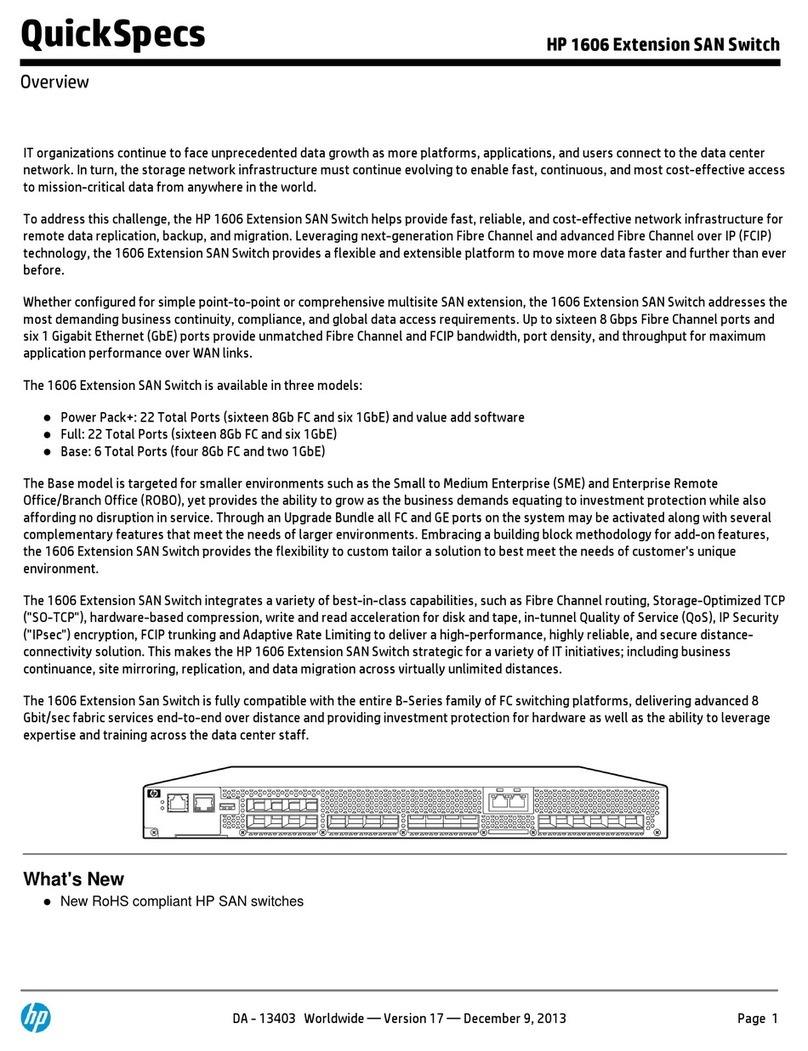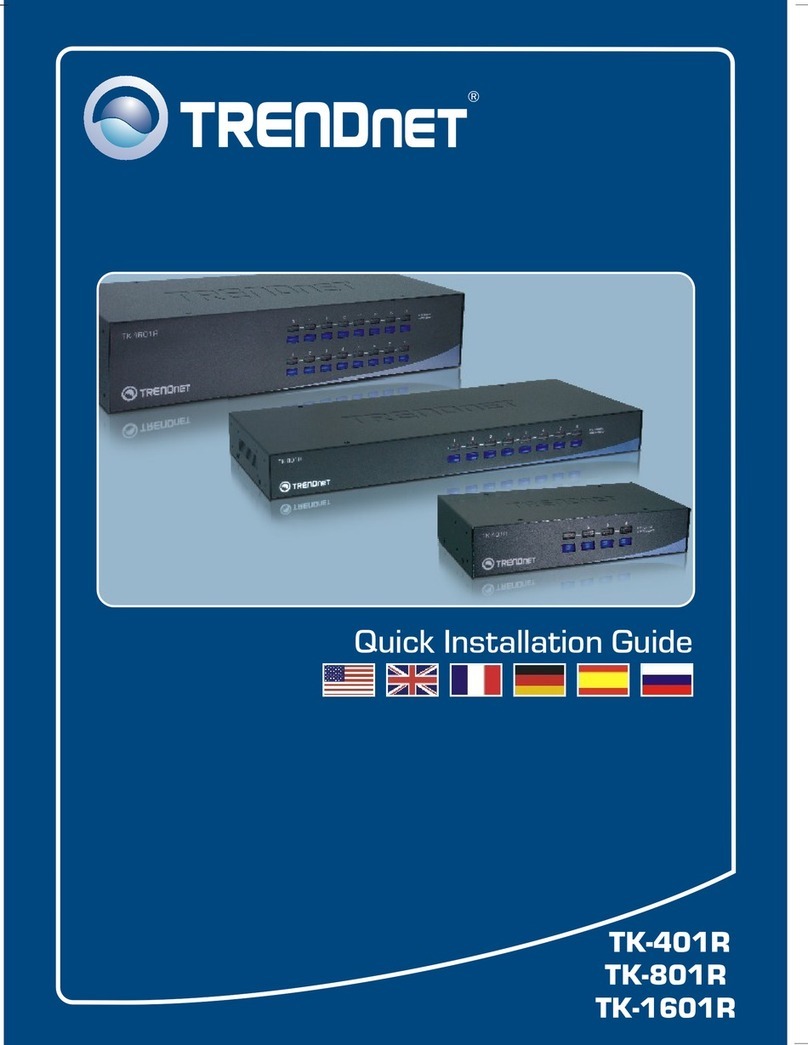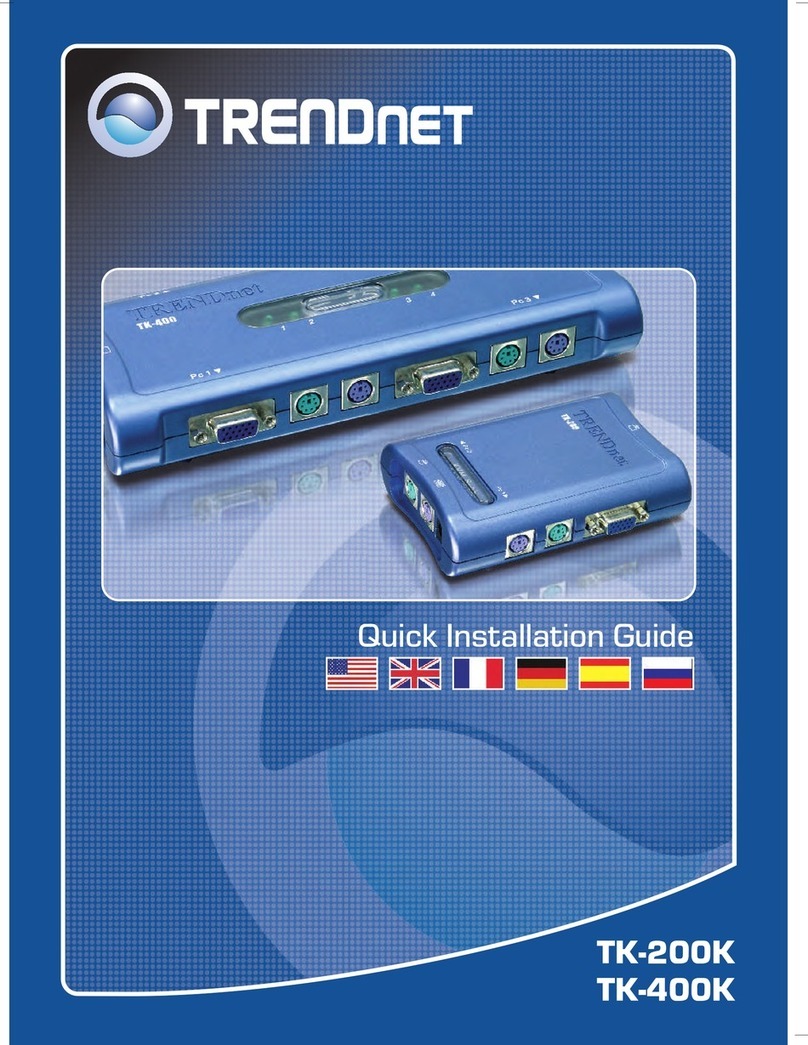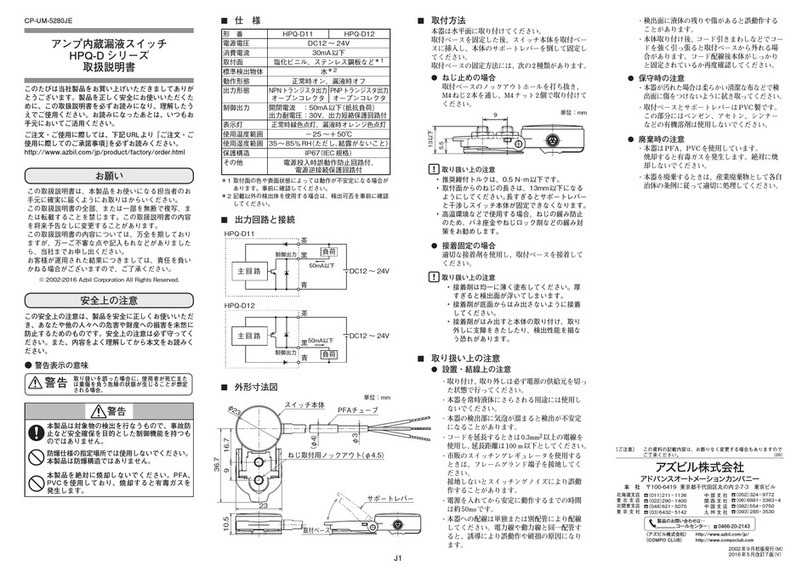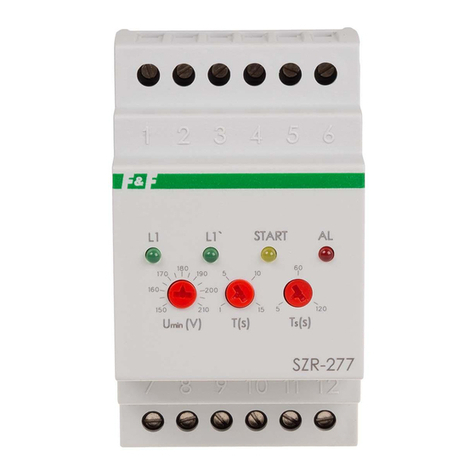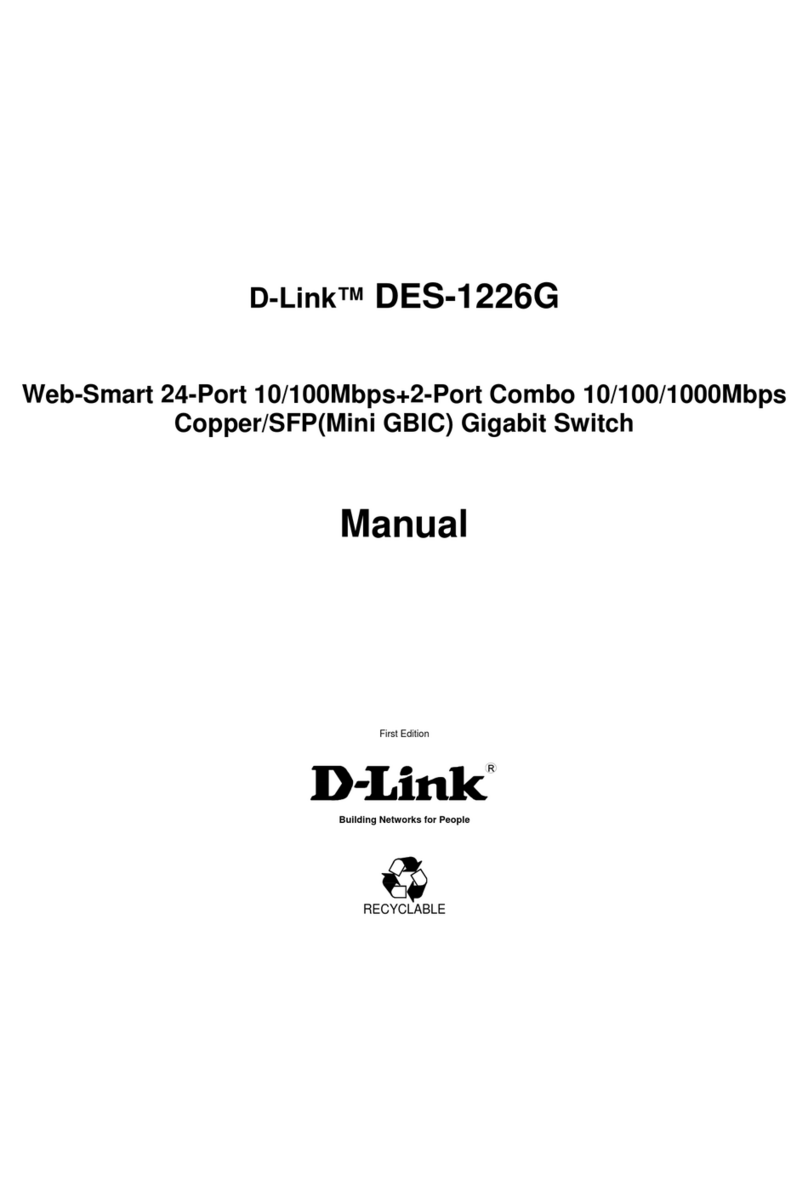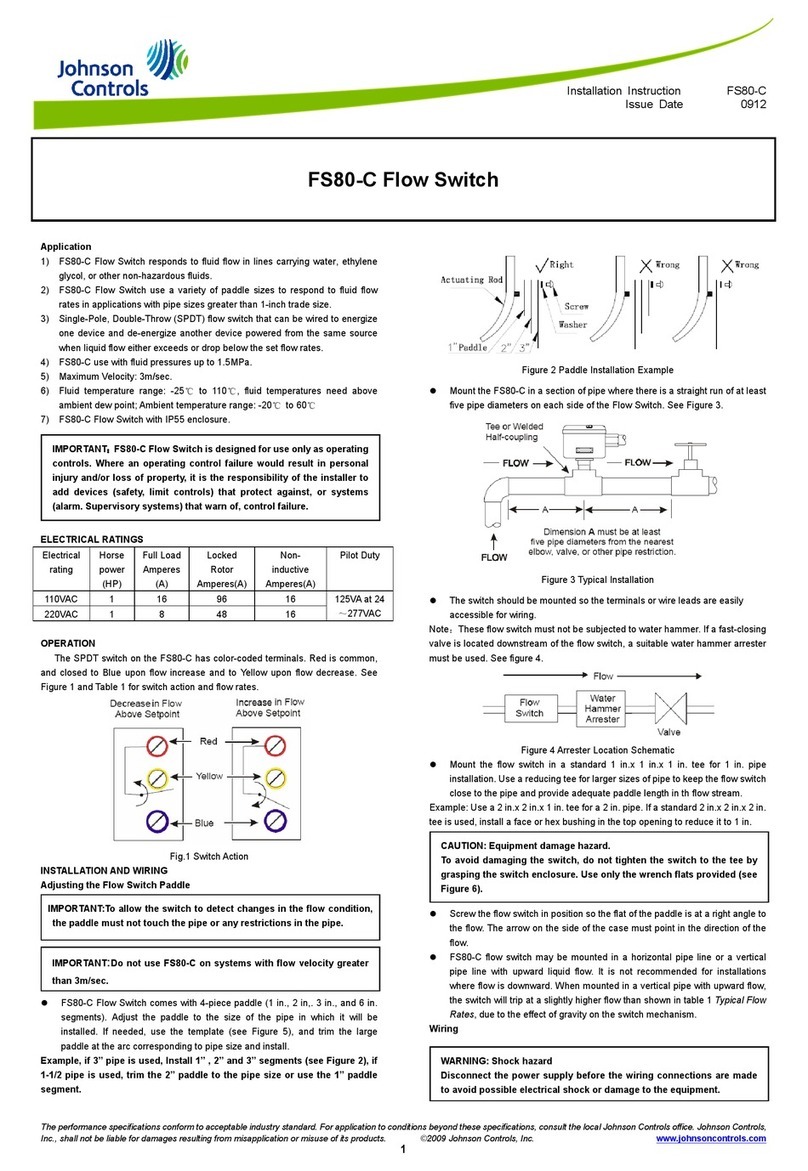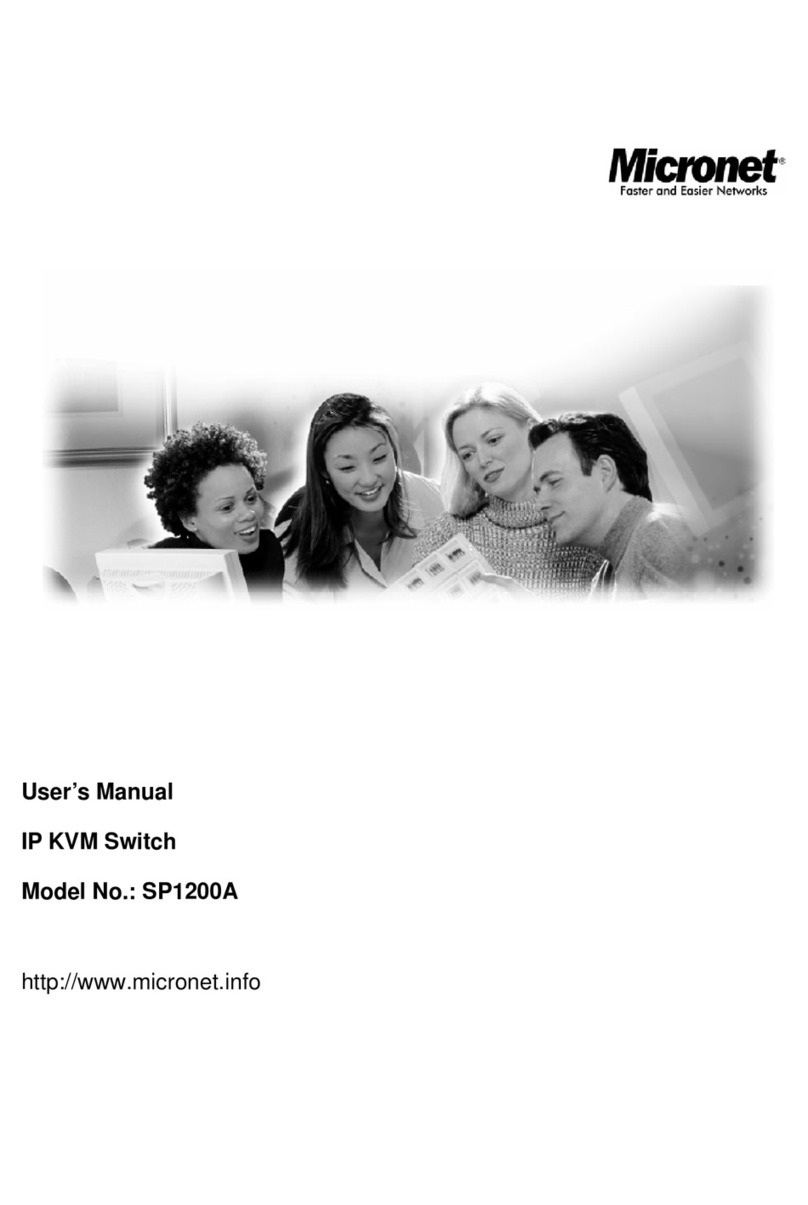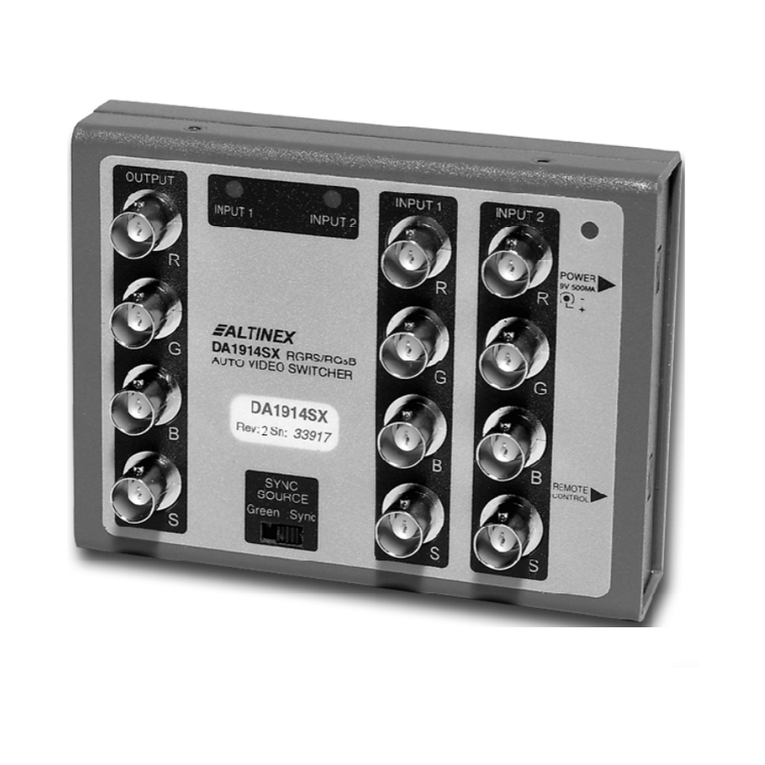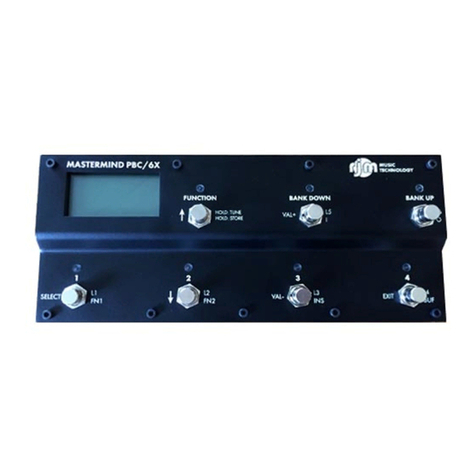
In Group Attribute mode, a user’s accessibility to systems is determined by the group listing. For
console switch queries, the directory checks for a group that contains both the user and the KVM
switch. For server queries, the directory checks for a group that contains the user and the server or the
user and the switch. Table 1 shows how the group listing affects the ability of the user.
Table 1. User abilities in Group Attribute mode
System
configuration
Group attribute Group list includes: Ability of user
Switch 1 providing
KVM connection to
Servers A, B, C
KVM User Switch 1, User A User A can view list of all
servers in configuration but
cannot access or view any
server.
Same as above KVM User Switch 1, Server B,
User A
User A can view list of all
servers in configuration but
can access only Server B.
Same as above KVM Appliance
Admin
User A, Server A User A can access only
Server A, not the switch.
Same as above KVM Appliance
Admin
User A, Switch 1 User A has full control of
Switch 1 and can access all
connected servers.
Activating LDAP directory services
With the purchase of the LDAP license key, all HP IP Console Switches have the ability to support
LDAP directory services. Existing IP Console Switches may require a firmware upgrade to achieve
LDAP support, while future IP Console Switches will ship with LDAP support built-in.
To initialize a system for LDAP directory services support, perform the following steps:
1. Upgrade all HP IP Console Switches with the latest firmware available from HP at
http://h18004.www1.hp.com/products/servers/proliantstorage/rack-options/kvm/soft-
firmware.html
2. Upgrade all applicable units to run HP IP Console Viewer 2.5 or later.
3. Purchase license key kit from a reseller or HP. License key kits are available for individual
switches, for multiple switches, and as a tracking license.
4. Install license key on the HP IP Console Switch.
5. Set up LDAP functionality.
NOTE:
In a system using LDAP, if Active Directory is unavailable, the built-in console
switch administrator account still has access rights to the switch and all
connected servers.
Conclusion
Because of its flexibility, the HP IP Console Switch can be used in network infrastructures of various
sizes. By enabling the LDAP option, a system administrator can efficiently manage numerous switches
from a single location and avoid the need to update the databases of individual switches.
7
